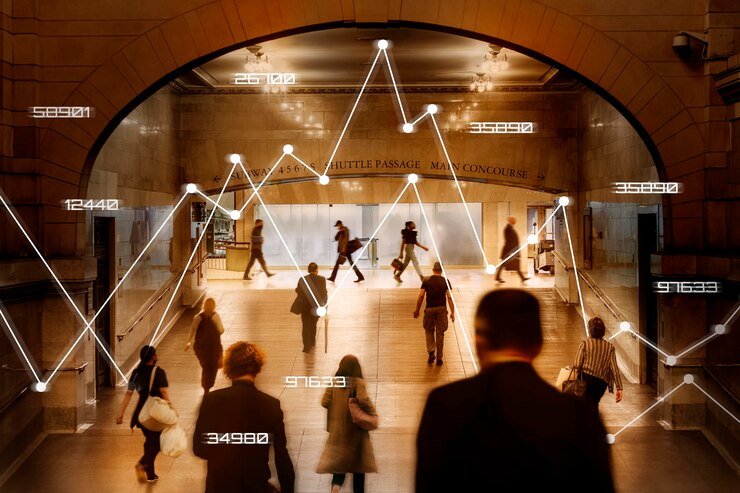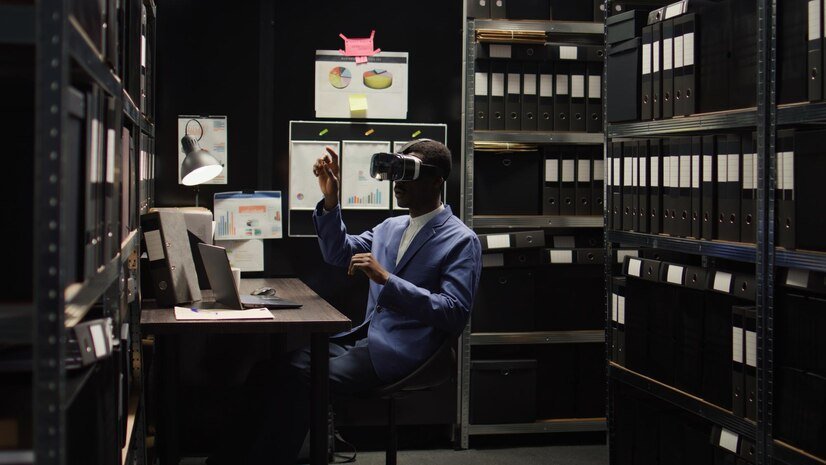The span from 1954 to 2023 covers nearly seven decades of transformative change across the globe. This period has witnessed significant developments in technology, culture, politics, and social dynamics. This article offers a broad overview of the key events and trends from 1954 to 2023, highlighting how they have shaped the modern world.
The 1950s: Post-War Recovery and the Dawn of Modernity
In the early 1950s, the world was emerging from the devastation of World War II. The post-war recovery saw the rise of economic prosperity in many Western countries, especially the United States, leading to the expansion of the middle class and consumer culture. The 1950s were marked by:
- Economic Growth: The U.S. experienced significant economic expansion, with increased consumer spending and the growth of suburban areas.
- Cultural Shifts: The rise of rock ‘n’ roll, the popularity of television, and the beginning of the Civil Rights Movement were pivotal cultural developments.
- Cold War Tensions: The geopolitical landscape was dominated by the Cold War rivalry between the United States and the Soviet Union, influencing global politics and military strategies.
The 1960s: Social Revolution and Technological Advancements
The 1960s were characterized by profound social and cultural upheaval:
- Civil Rights Movement: Leaders like Martin Luther King Jr. championed the struggle for racial equality in the U.S., leading to landmark legislation such as the Civil Rights Act of 1964.
- Counterculture and Protests: The youth counterculture movement, anti-Vietnam War protests, and the feminist movement challenged traditional norms and sought societal reform.
- Space Race: The competition between the U.S. and the USSR culminated with the Apollo 11 moon landing in 1969, a monumental achievement in space exploration.
The 1970s and 1980s: Economic Challenges and Global Shifts
The 1970s and 1980s saw a series of economic and political changes:
- Economic Recession: The 1970s experienced economic difficulties, including stagflation and oil crises, which impacted global economies.
- Technological Innovations: The advent of personal computers and early internet development began reshaping communication and business practices.
- Political Changes: The end of the Cold War began taking shape with significant events such as the fall of the Berlin Wall in 1989 and the dissolution of the Soviet Union in 1991.
The 1990s and 2000s: The Digital Revolution
The final years of the 20th century and the early 21st century were defined by rapid technological advancement:
- Internet and Digital Technology: The widespread adoption of the internet and the rise of digital technology revolutionized how people communicate, work, and access information.
- Globalization: Economic globalization accelerated, with increased international trade, multinational corporations, and the integration of global markets.
- Political Developments: The 1990s saw the end of apartheid in South Africa and significant geopolitical shifts, including the rise of new economic powers like China.
The 2010s and 2020s: Challenges and Innovations
In recent years, the world has faced a mix of challenges and innovations:
- Social Media and Connectivity: The proliferation of social media platforms has transformed communication, social interactions, and information dissemination.
- Climate Change and Sustainability: Increasing awareness of climate change has led to global initiatives aimed at reducing carbon emissions and promoting sustainability.
- Global Events: The COVID-19 pandemic, geopolitical conflicts, and ongoing social movements have significantly impacted global dynamics.
Conclusion
The period from 1954 to 2023 encompasses a remarkable era of transformation. From post-war recovery and cultural revolutions to technological advancements and global challenges, this span of time has shaped the contemporary world in profound ways. Understanding these developments provides valuable insight into how past events and trends continue to influence today’s global landscape.











